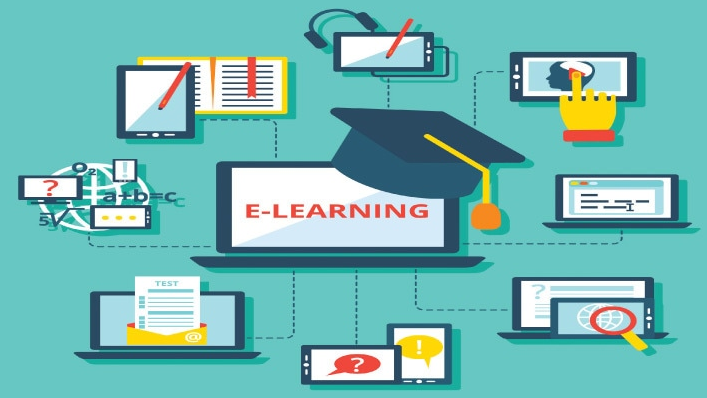
Laptop Smartphone in digital education; The switch to online education under the harsh pressure of the COVID-19 pandemic has brought relief to some realities that would otherwise not have received much attention. Most fundamentally, there is a difference between what digital has and doesn’t, which is a reflection of economic inequality.
In this context, distributing smartphones and laptops to children is like treating the symptoms rather than the disease. The lasting solution will lie in overall policy decision-making. The irony is that those who need change cannot bring it and those who do not want it. Behind the Face of the Digital Divide Helps Us Know the Real Mobility
Laptop Smartphone in digital education: Globally, the neoliberal era has seen a paradigm shift in education. The shift towards a materialistic philosophy in education has been caused by four structural developments: one, entrepreneurship-based economic growth driven by innovation and technology; Two, the increasing knowledge intensity of production; three, a borderless world facilitating the flow of knowledge; Four, the explosion of knowledge, covalent with the explosion of knowledge.
Creative destruction
The networked world of flexi-specialization and changing skill metrics prioritizes learning (lifelong) over study (terminal). Knowledge obsolescence includes the “creative destruction”, not only of objects and machines, but also of ideas, knowledge, values, and attitudes. As knowledge-intensity changes from resource-/labor-intensive, knowledge become a commodity, leading to the commercialization of education, which is based on creativity and innovation
The Indian education sector is passing through a period of unprecedented change. There has been a rapid increase in student enrollment and diversity; The considerations of quality and relevance are key. Parents and students regard education as a sure means of mobility.
This, until recently, was a middle-class feature but is now seen across the class spectrum, calling for an inclusive system. Knowledge is a thriving market. Commoditization leads to commercialization, which attracts private investment. It should be welcomed.
The question of who imparts education and with what objectives is no less important than value re-orientation and attitude change. Modern values - quality, competence, competitiveness, optimism, confidence, innovation – must replace the old ones – discipline, obedience, hard work, respect, compliance, loyalty. An education system that praises hard work is anti-human, unproductive, and regressive.
The importance of creative/productive work done in a non-exploitative, self-actualizing, self-fulfilling environment should be flagged. Questioning and seeking answers should be the basis of education.
Digital inequality
The digital inequality in Indian education is a cause for concern. There is a digital divide that is not educational, but a socio-economic one. The physical poor is also the digital poor. The digital revolution, emphasizing robotics, artificial intelligence, and cloud computing, will bypass the “capacity bad”.
The solution hinges on guaranteeing economic security with assured basic income through the provision of universal property rights. Article 21A now guarantees the right to education for children in the age group of six to 14 years. This progressive step should be extended to all areas and levels of education.
Modern education is expensive.
Modern education is expensive. The exponential growth of demand cannot be contained as it is linked to a growing democratic and human rights consciousness. The solution lies in finding scope for financing on a larger canvas, tapping into hitherto unexplored avenues, the bottom line being that no student drops out because of their inability to pay. Steps towards this resolution may include:
One, increasing budget allocation by rearranging fiscal priorities, and implementing methods like zero-based/outcome budgeting etc.
Second, placing education at the center of economic/development policy making. Involve the corporate sector in meeting the demand for publicly funded education, not only through CSR, but in return for special concessions and incentives. Third, parents need to pay for education by increasing their economic base through the above measures. In the new scenario, parents will not be bothered about the payment. Fourth, increasing the institution endowment and expatriate contribution. Today education is not a question of charity but a question of right.

Leave a Reply